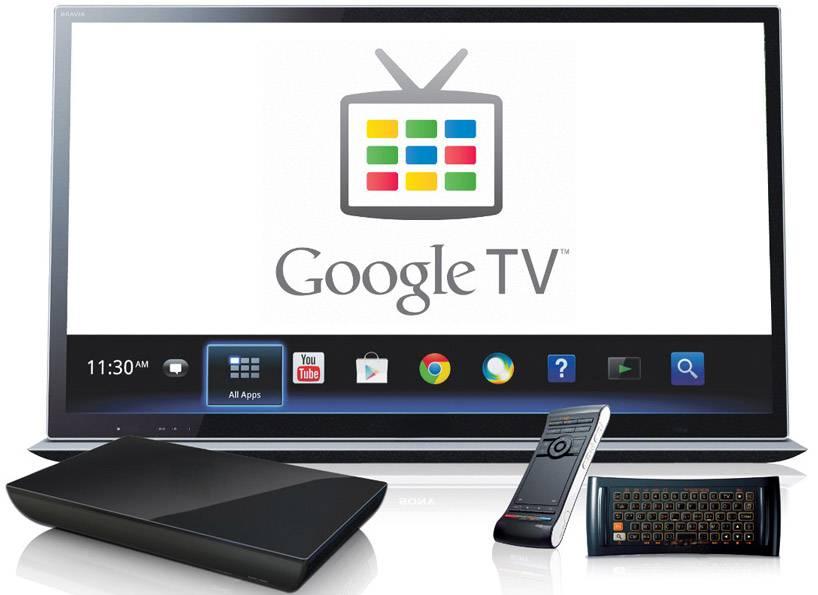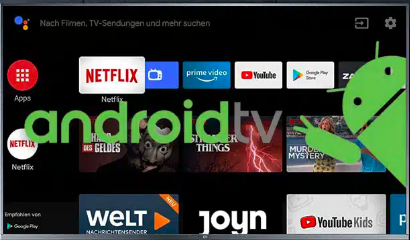Common Issues in GMS Certification Testing
1. Release Version (User Version without Root Access)
The CTS/GTS/CTS-Verifier/gts-interactive/GMADA tests require this version. Before testing, use `adb root` to verify that the device does not have root access.
2. Release Version (User Version without Root Access) + GSI File
The GSI file is provided by Google. You should flash the version that matches the corresponding Android version and security patch month. For GO projects, use the 32-bit version, and for non-Android GO projects, flash the arm64 version.
The CTS-ON-GSI/VTS tests require this version.
VTS testing requires flashing the `boot-debug.img` to obtain root access (this image is usually compiled along with the `Symbol.zip` and the version).

3. Checking the Kernel Version of the Project
Kernel 4.19 (Kernel can be modified)
CTS-ON-GSI Release Version + GSI File
VTS Release Version + GSI File + `boot-debug.img`
Kernel 5.4 (Kernel can be modified, GKI 1.0, but must be GKI compatible)
CTS-ON-GSI Release Version + GSI File + `boot.img (GKI)`
VTS Release Version + GSI File + `boot.img (GKI)` + `vendor_boot-debug.img`
Kernel 5.10 and above (Kernel cannot be modified, GKI 2.0)
CTS-ON-GSI Release Version + GSI File
VTS Release Version + GSI File + `boot-debug.img`
Kernel 5.10 and above + OEM Customization
This applies to OEM flagship products where new features require a longer review cycle by Google. A compromise can be discussed between both parties, and generally, no modifications are involved.
4. Userdebug Version
The STS test requires this version. Before testing, use `adb root` to ensure the device has root access.
The APTS (Android Performance Test Suite) for Android GO performance testing requires this version.
Note:The `eng` version has poor performance and is not recommended for testing.
5. GMS Whitelist Application Requirements
5.1. The `GtsEdiHostTestCases` module needs to be tested. The test version must meet the same requirements as the GTS test.
5.2. Check whether `ro.build.fingerprint`, `ro.odm.build.fingerprint`, and related properties match the product requirements.
5.3. Verify whether the `security_patch`, `ro.com.google.gmsversion` is up to date.
5.4. Ensure core features are correctly declared, such as confirming the Android GO version feature exists.
5.5. Verify whether `first_api_level` and `clientidbase` are correct.
6. GMS Key Application Requirements
After submitting the GMS whitelist report, you need to manually enter some project information on the APA website, such as the SOC model, screen size, and resolution. Then, you can proceed with the application (you need to upload a TXT file containing the device name and serial number).

Feel free to contact us for inquiries about Google GMS certification. We can also handle certifications for Google EDLA, Google MADA, Google Auto, Google Lens, Google ARCore, Google TADA, Google Android Watch, Google Android TV, GTV, Google Fast Pair certification and Spatial Audio certification testing for earphone,and other related projects.
-

Deeplight | Outsourced Testing Services for Google TV TADA / Netflix / Amazon Prime Video / YouTube and More
Deeplight is dedicated to providing comprehensive outsourced testing and certification services for Google GMS. We boast a professional technical testing team specializing in streaming applications such as Google TV, Netflix, Amazon Prime, and YouTube, equipped with exclusive external broadband testing environments and a wide array of proprietary test kits.2025-04-30
-

Detailed Explanation of DRM Widevine L1, L2, L3 and Its Relationship with Google GMS Certification
Widevine is Google‘s Digital Rights Management (DRM) technology, widely used in the video streaming industry (e.g., Netflix, Disney+, YouTube Premium, etc.) to protect high-value content from illegal copying or distribution. The core goal is to ensure that content is only played on authorized devices and in legitimate user scenarios through encryption and permission control.2025-04-30
-

A Series of Testing Tools Used for Google TV Device Certification
Google TV devices, such as TVs, TV boxes, and projectors, require TADA certification, which involves passing tests like CTS, GTS, VTS, and TVTS to obtain certification.2024-09-11
-

Google/Android TV CDD Details Requirements
A Google/Android TV device refers to an Android-based television device, providing an entertainment interface suitable for users viewing television programs from approximately 10 feet away ("interface for large-screen entertainment experiences" or "interface for viewing from 10 feet away"). It allows users to watch digital media, movies, TV broadcasts, play games, and/or use applications.2024-09-11
-

Google Android TV/Set-Top Box Certification for Android ATV
Google Android ATV certification refers to the whole machine certification, submitted by ODM/OEM to Google to do the certification test, SOC manufacturers do not need to do the chip-level certification.Android TV was introduced at Google I/O on 26 June 2014, specially designed for TV and set-top box products designed for the application service package. Based on the Android AOSP version, plus the GTVS package can be compiled out of the Android TV Firmware.2024-09-11







